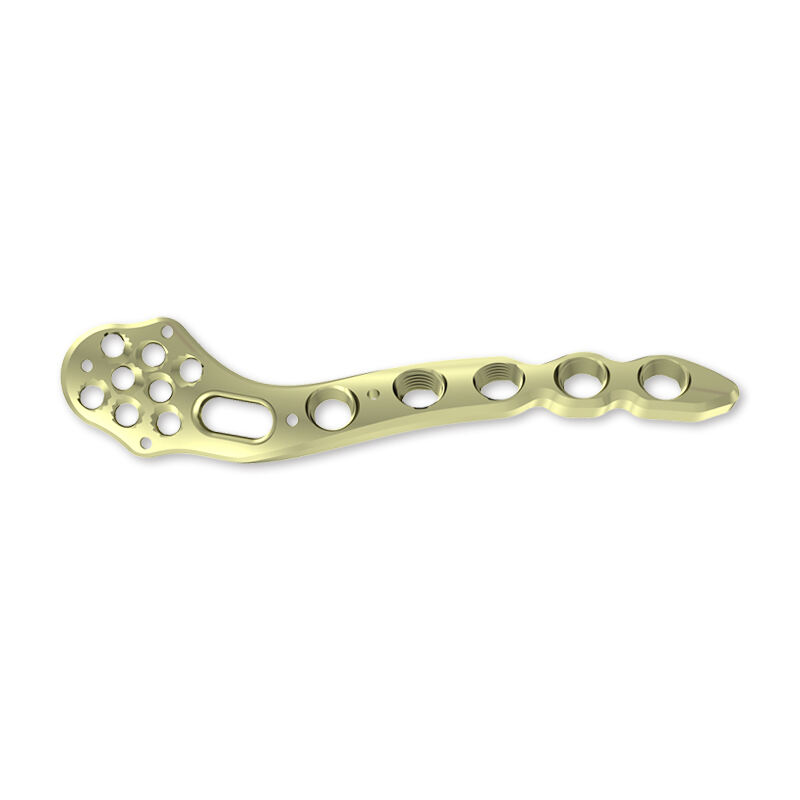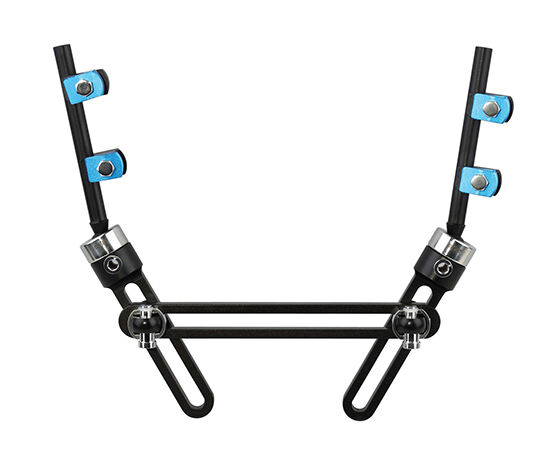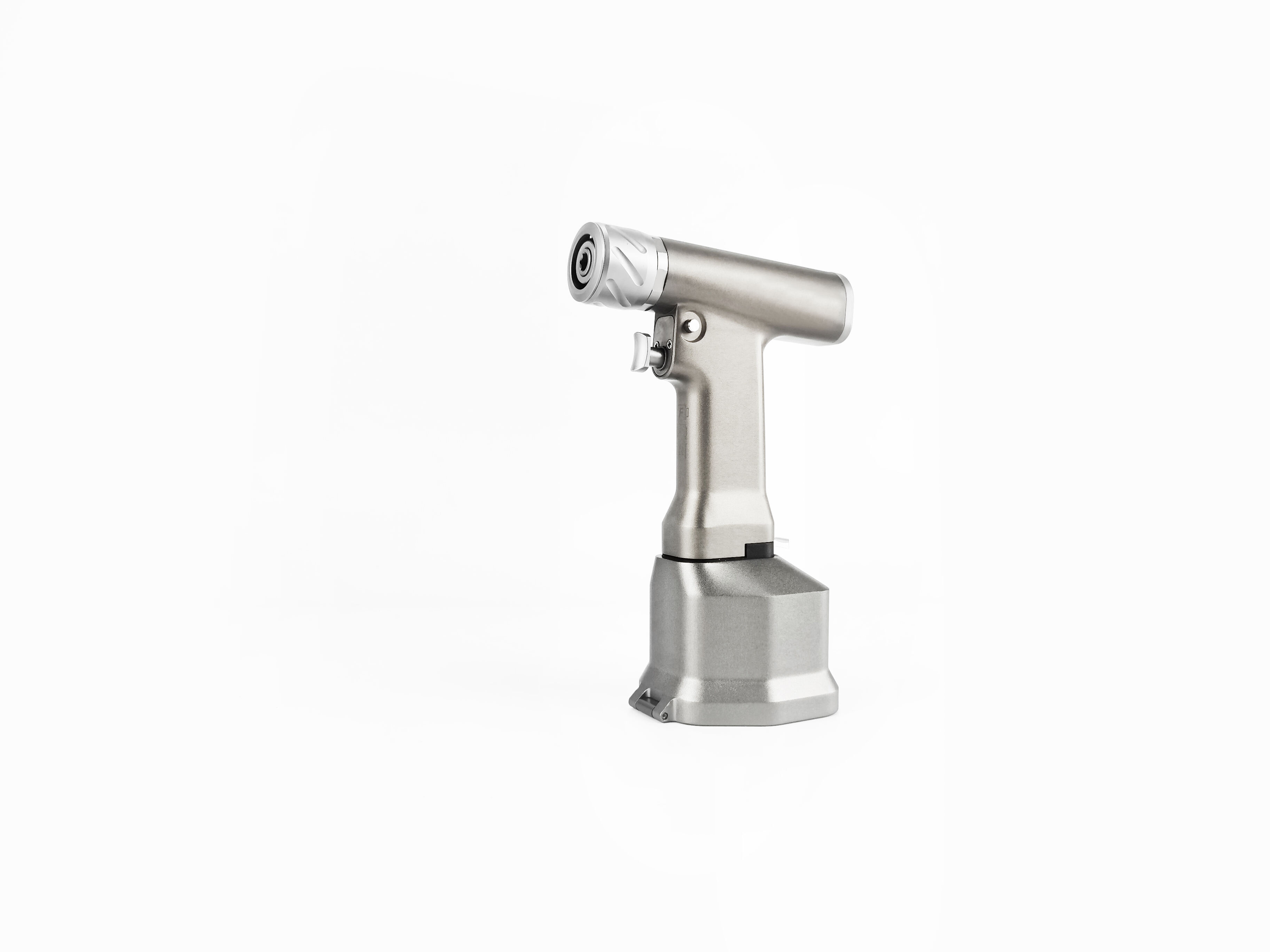lumbar screw fixation
Lumbar screw fixation is a surgical technique used primarily to treat spinal instability, fractures, or deformities in the lumbar region. The main functions of this procedure involve providing stability, correcting deformities, and facilitating the fusion of vertebrae. Technological features of lumbar screw fixation include the use of advanced materials such as titanium, which are designed to integrate seamlessly with the spine's structure. The procedure involves inserting screws into the vertebrae and connecting them with rods or plates to provide immediate stability. Applications of lumbar screw fixation range from addressing conditions like spondylolisthesis and scoliosis to repairing traumatic injuries. The procedure is often performed minimally invasively, which reduces recovery time and lowers the risk of complications.



